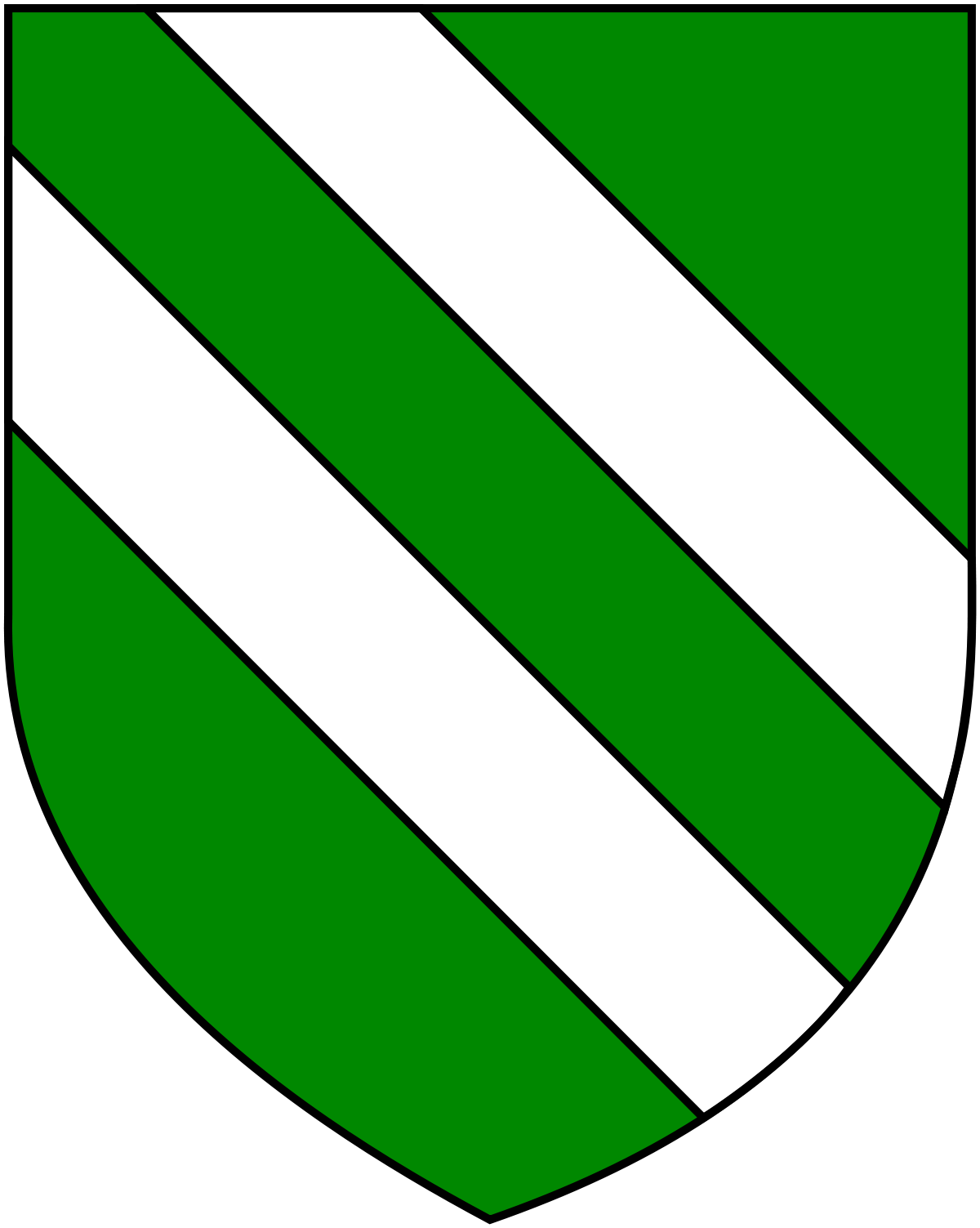Its name comes from an Arabic word meaning “a fisherman’s dwelling”. However it could also be derived from the word ‘Omm Sidna’ meaning ‘The Mother of Our Lord’ since there could have been a small chapel dedicated to the Blessed Virgin Mary, Mother of God.
Msida was previously an old fishing village. Although it is now more urbanised, some fishermen still operate in the village. Msida became a parish in 1867. Then the settlement was centered around the hovels located inward at Valley Road, and some nearby ancillary roads and pathways which led up to the quaint district of Villambrosa. This status did not last long however, as a new parish Ħamrun was hived off in 1881. Today the lowest part of Villambrosa Street remains a silent reminder of Msida’s jurisdiction in this area. Msida would also eventually see parts of its territory lost to new parishes at Santa Venera in 1918, Pietà in 1968 and Ta’ Xbiex in 1969.
Its population, which at one time numbered 11,500, thus also dwindled to a mere 6,000. However the recent aforementioned demands as well as residential developments in the outlying suburb of Swatar, have now seen an increase to more than 7600 inhabitants. Swatar also hosts St. Martin’s College, a leading private secondary school.
Today, Msida is now a bustling university town and development has in fact been centered around an ever increasing student population at the University and at Skylark School of English as well as various new service industries that have sprung in this town in recent years.





